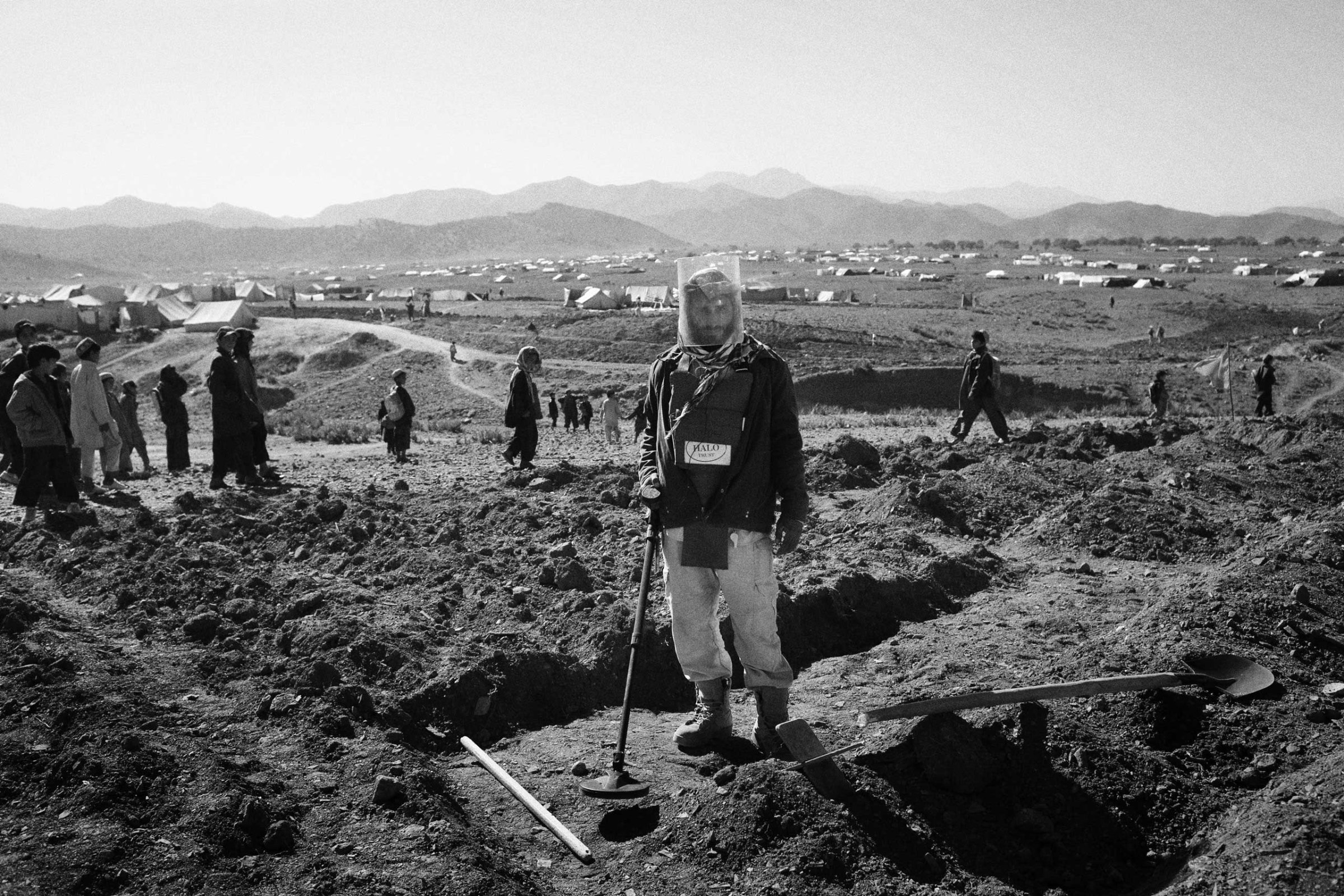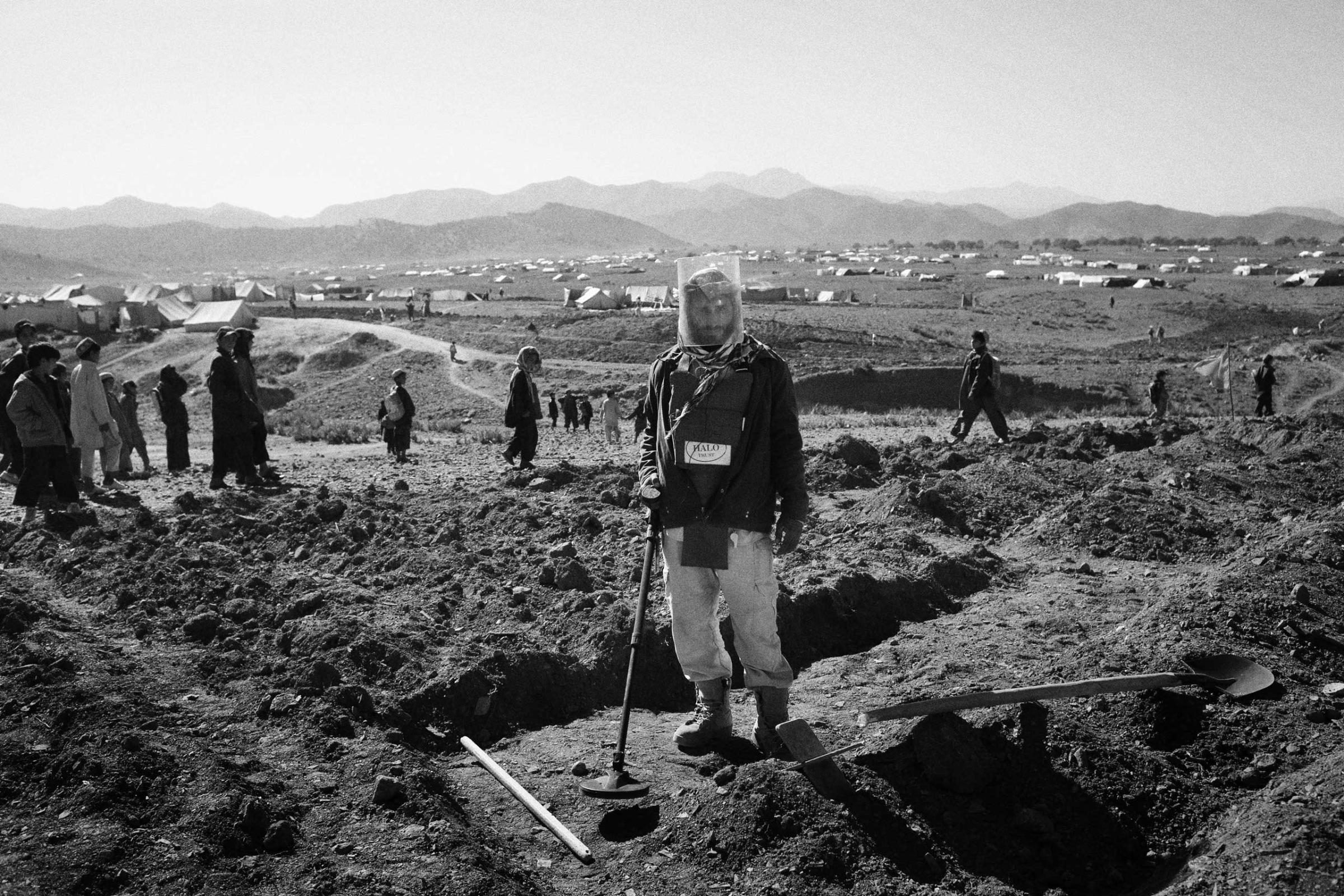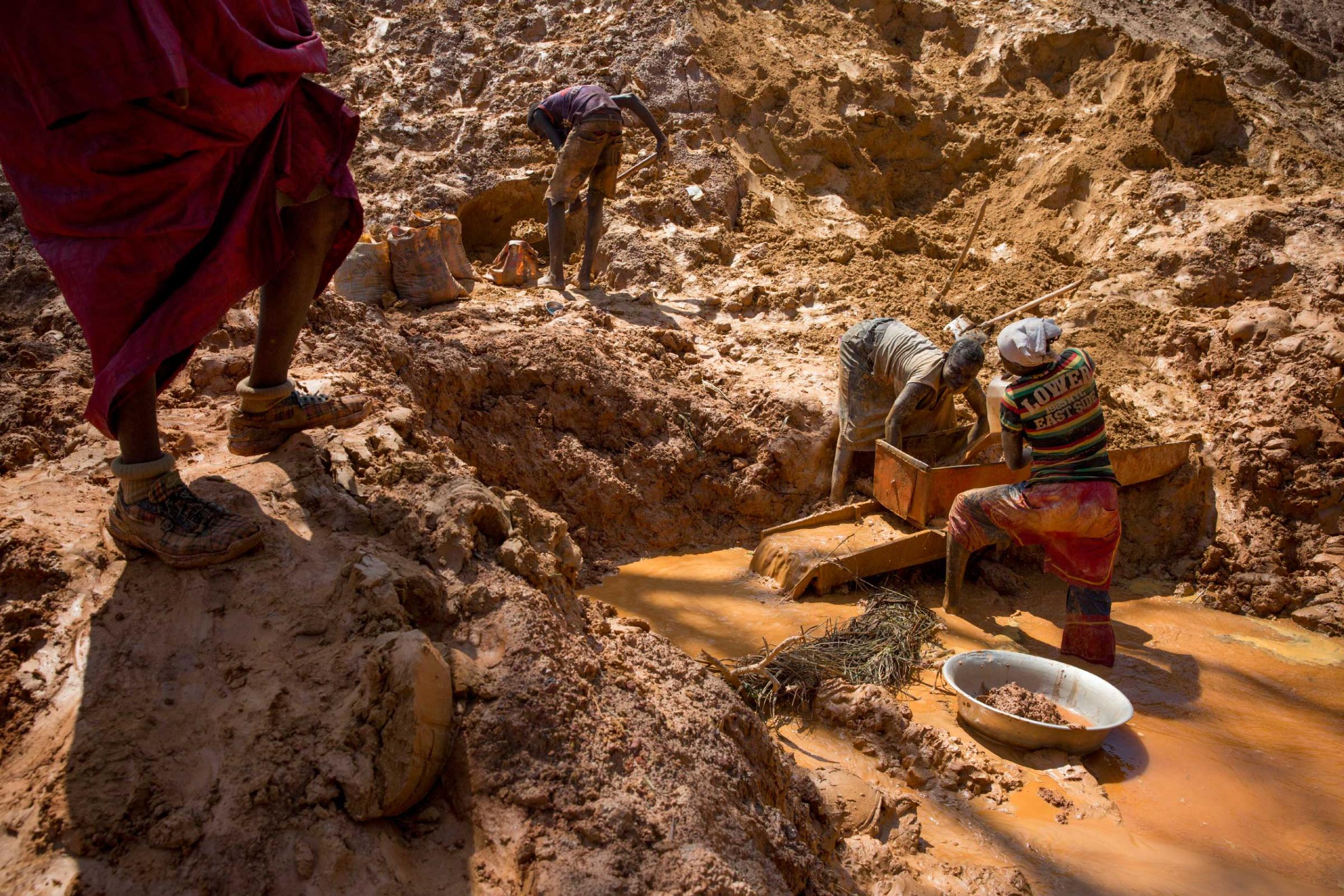
Today’s daily Photojournalism Links collection highlights Andrew Quilty‘s work on Pakistani refugees in Afghanistan. Some 100,000 civilians fled the Pakistani military’s offensive against insurgents in North Waziristan this past summer by seeking shelter across the border in Afghanistan. More than 3,000 families ended up at the Gulan Refugee Camp in Gurbuz District in Khost, only to find out another danger was lurking underneath their feet. It turned out the camp is located above a decades old minefield from the time muhajideen were fighting the Russians. Quilty’s compelling photographs capture these unfortunate refugees haunted by weapons of an old war.
Andrew Quilty: Finding Refuge on a Mine Field (Foreign Policy)
William Daniels: Fighting Over the Spoils of War in Central African Republic (Al Jazeera America) These photographs show how natural riches play a part in the conflict often seen purely in ethnic terms | Part of a series of posts on Central African Republic.
Best Photos of the Year 2014 (Reuters)
War’s effect on peace is examined in new Tate show (Phaidon) Tate Modern curator Shoair Mavlian talks about the new exhibition Conflict, Time, Photography.
Elena Chernyshova (Verve Photo) The World Press Photo award-winning Russian photographer writes about one of her photographs from Norilsk.
Photojournalism Links is a compilation of the most interesting photojournalism found on the web, curated by Mikko Takkunen, Associate Photo Editor at TIME. Follow him on Twitter @photojournalism.




More Must-Reads from TIME
- Cybersecurity Experts Are Sounding the Alarm on DOGE
- Meet the 2025 Women of the Year
- The Harsh Truth About Disability Inclusion
- Why Do More Young Adults Have Cancer?
- Colman Domingo Leads With Radical Love
- How to Get Better at Doing Things Alone
- Michelle Zauner Stares Down the Darkness
Contact us at letters@time.com